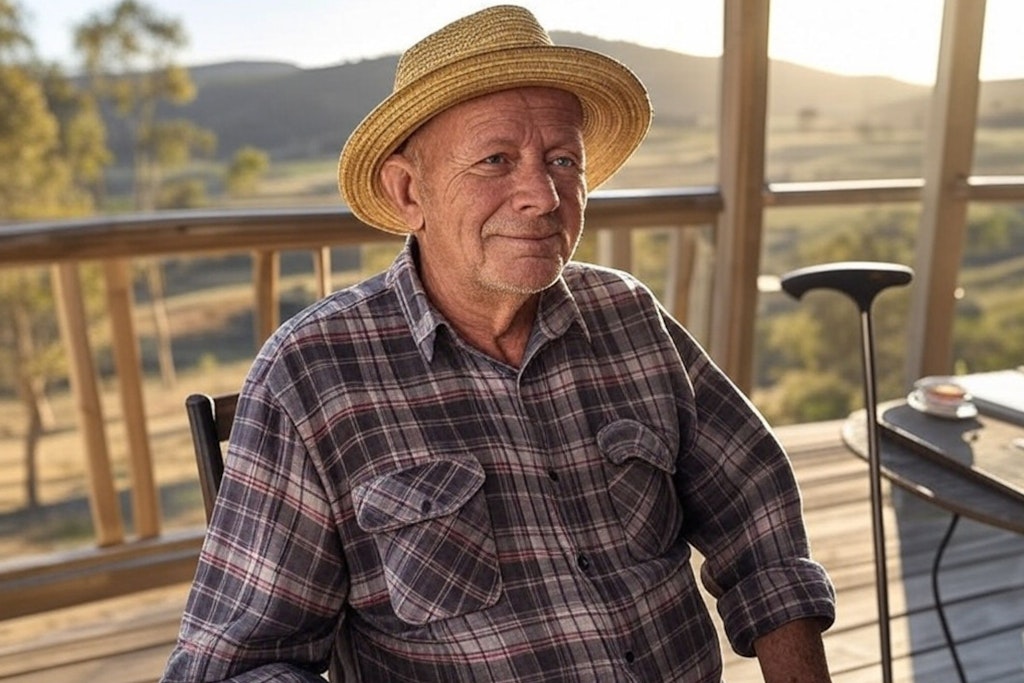Rural and remote aged care to transform under Multi-Purpose Services changes
Last updated on 29 April 2025

Significant changes to the Multi-Purpose Service Program (MPSP) will take effect from July 1, 2025, as part of the Australian Government’s broader commitment to strengthening aged care across rural and remote communities.
Milestones and key updates were shared in a recent national webinar by the Department of Health and Aged Care, marking a crucial phase in aligning the MPS model with the incoming Aged Care Act.
As always providers, state governments, and aged care stakeholders are being urged to begin preparations immediately to ensure a smooth transition under the revised framework.
What’s changing and why it matters
The MPS Program has long played a critical role in delivering aged care services in small, isolated communities where standalone residential or home care services may not be viable.
These reforms are designed to modernise the program, improve service quality, and ensure consistency with national aged care standards while retaining the flexibility MPS providers need.
Key updates include:
- New MPS Program Policy Manual: A comprehensive policy manual will be introduced, offering clearer guidance and aligning policies with the aged care quality reforms. The manual is set to become the cornerstone of how MPS aged care services are delivered and monitored.
- Updated Agreements: Revised MPS agreements will be issued to all providers in the coming months. These updates reflect the new legislative requirements and service expectations under the strengthened aged care framework. Providers are being asked to review and sign off promptly.
- Mandatory 24/7 Nursing Coverage: In line with national reforms, all MPS facilities will be expected to implement 24/7 Registered Nurse coverage. While some rural services already meet this standard, others will need to work with health departments to meet compliance.
Less flexibility, and fewer beds?
Audience questions tackled two important topics during the webinar: whether providers can still flexibly use places between home and residential care, and whether there will be a reduction in allocated places for residential care.
Cathy Milfull, Thin Markets Branch, said there is no intention to stop MPS providers from flexibly using their places, and that will be clarified in the new policy manual.
“The aim is that those places, where you use them for residential care, you’ll need to use them in the home, and where you use them in the home, you’ll need to use them in the specified location,” she said.
“But no problems with mixing and matching. That’s fine. That’s not changing, so don’t be concerned about that. We understand that that’s very important in the context of the MPSP.”
Additionally, she highlighted how the department has not been allocating more places in residential care than there are matching beds. This is different to past occurrences.
Ms Milfull said that existing places will be transferred over, whether there is a matching bed or not, meaning that there will be no reduction to what MPSP providers can offer.
“We know that one of the features of the MPS Program is to maintain certainty of funding and that you get paid for your allocated beds, regardless of whether you use them or not,” she added.
There may be some exceptions if it’s not possible to continue providing a certain amount of care.
Location reclassifications: “No losers” approach
One of the most welcomed developments highlighted in the webinar was the “no losers” policy on location-based classifications. The department reviewed 17 locations that have become more remote since the last Modified Monash Model (MMM) classification update. These areas will see their classification level increased.
No changes will be made to decrease any remoteness classifications, even if the data suggests that could occur, thereby preserving their funding and support arrangements.
This decision ensures that rural and remote communities do not suffer unintentional disadvantage under updated mapping models.
Formal consultations are underway in a formal MMM review.
“This is really the vehicle through which we will consider whether we need a different approach or to vary our approach in terms of how we use the MMM to inform things in aged care, like for example eligibility for particular programs or actually how much a provider gets paid for a certain thing in a certain region,” Ms Milfull, shared.
Transition support and engagement opportunities
To aid providers in navigating these changes, the department will roll out a comprehensive transition support strategy. This includes:
- Targeted Webinars and Consultations: Regular forums are scheduled throughout 2025 to discuss practical implementation, with a focus on areas such as supported decision-making, serious incident response, and clinical governance.
- Workforce Planning Resources: Tools and templates will be made available to assist MPS sites in planning for workforce expansion or redesign, especially in regions where recruitment remains challenging.
- Funding Model Review: Although MPS sites operate outside of the standard AN-ACC (Australian National Aged Care Classification) funding model, a review is underway to assess how future funding can better reflect actual costs of care in rural settings. This review will involve consultation with MPS providers and state health departments.
Sector Reaction and Next Steps
The reforms have drawn a mixed response. Many providers have welcomed the clarity and consistency promised by the new policy manual and agreement structure, while others remain concerned about workforce availability and the practicalities of meeting new nursing requirements.
The department has committed to maintaining open lines of communication and continuing co-design principles throughout the reform period. Providers are encouraged to actively engage with upcoming consultation opportunities and prepare their internal systems for change.
The MPS reform is part of a broader aged care transformation that includes the new Aged Care Act, which aims to prioritise older Australians’ rights, safety, and access to quality care, regardless of their postcode.
For more information, access the full webinar recording and transcription on the Department of Health and Aged Care website.